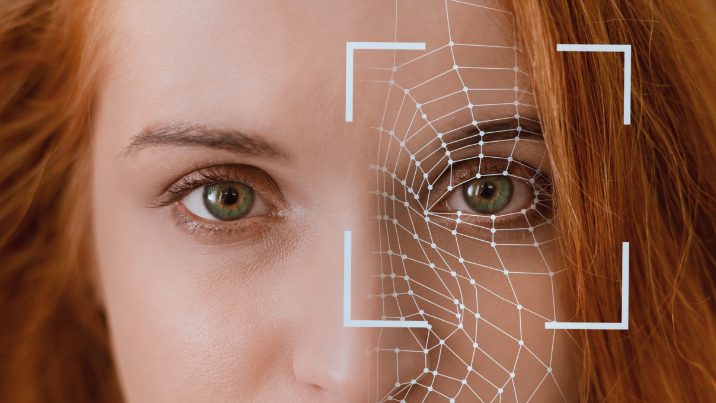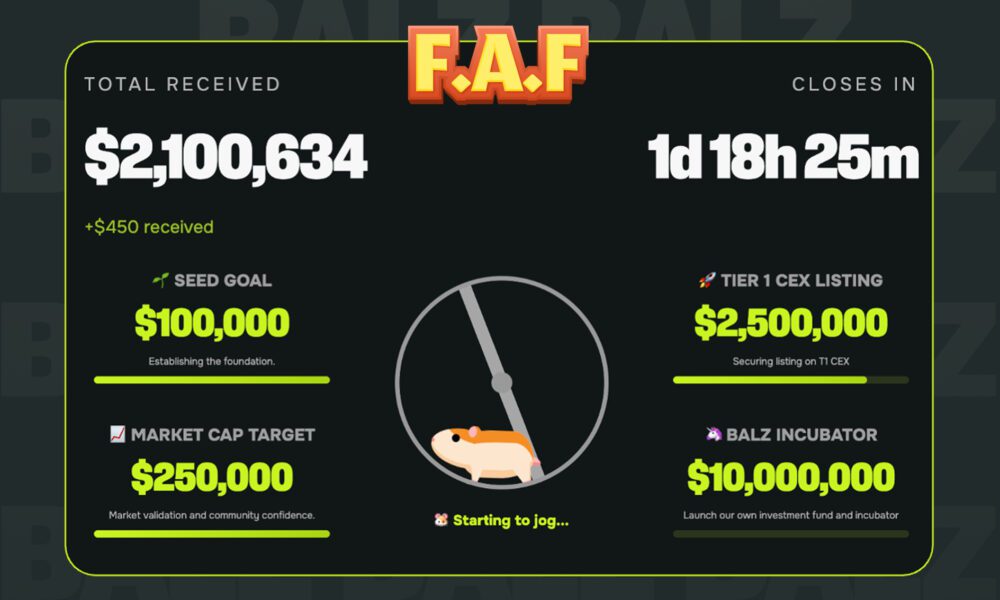The past few years have seen rapid advances in AI image generation, and one of the most discussed categories is the deepfake photo maker. The phrase deepfake often gets associated with misuse; however, like many technologies, a deepfake photo maker can be used ethically for education, film previsualization, satire with consent, licensed marketing, and personal creativity. This guide demystifies the deepfake photo maker—what it is, how it works, and how to use it responsibly—so you can make informed choices and avoid common mistakes. You’ll learn what separates a mediocre tool from a professional-grade deepfake photo maker, and how to embed safety and respect for consent into your creative process.
Table of Contents
- What Is Deepfake Photo Maker?
- How Does a Deepfake Photo Maker Work (In Plain English)?
- Why People Use a Deepfake Photo Maker (Legitimate, Ethical Scenarios)
- How to Use Deepfake Photo Maker? A Practical, Responsible Workflow
- What Makes a Deepfake Photo Maker? Feature Checklist & Evaluation Criteria
- Accuracy, Consistency, and Quality Benchmarks in a Deepfake Photo Maker
- Responsible Use, Safety, and Legal Considerations for Any Deepfake Photo Maker
- Best-Practice Tips to Get the Most From a Deepfake Photo Maker
- Common Pitfalls and How to Avoid Them
- FAQs About Deepfake Photo Maker
- Conclusion
What Is Deepfake Photo Maker?
A deepfake photo maker is a software tool that uses machine-learning models to synthesize or modify faces in still images. At its simplest, a deepfake photo maker blends features from a source portrait into a target photo to create a realistic—yet artificial—result. In the best cases, a deepfake photo maker offers controls for facial alignment, skin tone harmonization, lighting, shadow consistency, and artifact reduction. A modern deepfake photo maker will also include safety features such as watermarking, content credentials, and consent workflows to support ethical use.
In other words, a deepfake photo maker is a specialized, user-friendly front end over powerful AI models designed to produce convincing composites while minimizing visual seams. Used properly, a deepfake photo maker is a creative instrument—much like a green screen or photo compositor—that can simulate “what if” scenarios without harming anyone or deceiving audiences.
How Does a Deepfake Photo Maker Work (In Plain English)?
While implementation details vary, a deepfake photo maker typically includes three conceptual stages:
Face detection & alignment
- The deepfake photo maker locates faces in both the source and target images, finds key landmarks (eyes, nose, mouth, jawline), and aligns them so features match in scale and perspective.
Feature mapping & synthesis
- Using a trained neural network, the deepfake photo maker learns a latent representation of facial traits. It then transfers or synthesizes features (expressions, shape cues, skin texture) from the source onto the target while preserving the target’s lighting, pose, and context.
Compositing & refinement
- The deepfake photo maker harmonizes colors, shadows, and grain, blending edges to avoid cut-and-paste artifacts. Some tools add post-processing—denoising, de-ringing, and higher-resolution upscaling—to polish the image.
You don’t need to be a machine-learning expert to use a deepfake photo maker. But knowing these steps helps you evaluate quality and understand why specific inputs (angle, lighting, resolution) matter so much.
Why People Use a Deepfake Photo Maker (Legitimate, Ethical Scenarios)
There are many constructive reasons to use a deepfake photo maker. Here are approved, widely accepted scenarios when consent, rights, and transparency are respected:
- Film, TV, and theater previsualization: A deepfake photo maker can simulate casting choices, wardrobe, or historical styling for moodboards.
- Education & research: With permission and proper context, a deepfake photo maker can demonstrate media-literacy concepts or show how visual misinformation works so learners can spot it.
- Marketing with licensed assets: Brands can test creative concepts using stock models or self-owned images with clear rights, aided by a deepfake photo maker to explore looks before a full shoot.
- Accessibility and personalization: Individuals might use a deepfake photo maker to visualize themselves with new hairstyles, makeup styles, or costume ideas.
- Satire and parody with consent: A deepfake photo maker can help create humorous composites where all participants have explicitly agreed to the use.
In all these cases, the key is explicit permission from people whose likeness appears, plus responsible labeling of synthetic media produced by a deepfake photo maker.
How to Use Deepfake Photo Maker? A Practical, Responsible Workflow
Below is a generic, platform-agnostic process for using a deepfake photo maker in a way that keeps ethics front and center. This is a high-level workflow that avoids any steps that would encourage misuse.
- Plan responsibly
- Confirm permission from the person(s) whose images you’ll use.
- Document the purpose, scope, and audience.
- Decide in advance how you’ll label outputs from the deepfake photo maker (e.g., “AI-generated composite”).
- Collect suitable images
- Choose high-resolution, well-lit photos from multiple angles.
- Keep expressions and head poses similar between source and target to help the deepfake photo maker align features.
- Ensure all files are legally acquired or self-owned.
- Prepare your canvas
- Crop distractions and standardize aspect ratios.
- Balance exposure and white balance so the deepfake photo maker has clean inputs.
- Upload to the tool
- Import source and target images to the deepfake photo maker.
- Review any consent/watermarking options and turn them on when available.
- Adjust parameters
- Use blend strength, color match, and skin harmonization sliders.
- If the deepfake photo maker supports landmark editing, fine-tune eye and mouth alignment.
- Preview & iterate
- Generate a draft, zoom to 100–200%, and check edges (hairline, jaw, ears).
- Tweak settings in the deepfake photo maker to reduce halos or mismatched grain.
- Finalize & label
- Export in a lossless or high-quality format.
- Add clear labels or content credentials indicating the image was created with a deepfake photo maker.
- Store consent records alongside the file.
Following this framework minimizes risk and keeps your use of a deepfake photo maker transparent and fair to all parties.
What Makes a Deepfake Photo Maker? Feature Checklist & Evaluation Criteria
Not all tools are equal. Use this checklist to evaluate a deepfake photo maker:
- Face alignment quality: Does the deepfake photo maker reliably detect landmarks?
- Lighting & shadow consistency: Are shadows believable across face and neck?
- Color harmonization: Can the deepfake photo maker match skin tones and white balance?
- Hair & edge handling: Are flyaway hairs, beards, and glasses handled convincingly?
- Texture realism: Does the deepfake photo maker retain pores and natural texture without plastic sheen?
- High-res support: Can it generate 2K–8K outputs or upscale gracefully?
- Batch processing: For workflows, can the deepfake photo maker process multiple images consistently?
- Content credentials: Does it support watermarking or C2PA-style metadata?
- Consent tools: Does the deepfake photo maker offer checkboxes, logs, or consent templates?
- Security & privacy: Clear policies, local processing options, or encrypted upload paths.
- Versioning & rollback: Track changes and revert easily in the deepfake photo maker.
- Documentation & tutorials: Quality guides to ensure responsible, effective use.
- Fair pricing & support: Transparent pricing, responsive support, and uptime reliability.
A professional deepfake photo maker won’t just chase realism; it will embed governance that promotes trust.
Accuracy, Consistency, and Quality Benchmarks in a Deepfake Photo Maker
To judge results from a deepfake photo maker, consider:
- Pose tolerance: How far can angles deviate before artifacts appear?
- Expression stability: Can smiles, frowns, and neutral looks blend without distortion?
- Color drift: Does the deepfake photo maker keep skin, lips, and sclera natural?
- Edge integrity: Look for halos around ears, hairlines, or collars.
- Micro-detail retention: Pores, freckles, and light peach fuzz should remain plausible.
- Cross-image consistency: The same settings in the deepfake photo maker should produce predictable results across a set.
Document these benchmarks so teams can standardize expectations and improve inputs instead of over-tuning outputs.
Responsible Use, Safety, and Legal Considerations for Any Deepfake Photo Maker
Ethics is not optional. When you use a deepfake photo maker, consider:
- Consent & rights: Only use images you own or are licensed to use, with explicit permission.
- Labeling: Mark composites as AI-generated. Many deepfake photo maker workflows support visible or metadata-based disclosures.
- Privacy: Do not create misleading or harmful images. Avoid sensitive contexts or depictions that could defame, harass, or misrepresent.
- Local laws: Regulations vary by region. A deepfake photo maker does not absolve legal responsibility.
- Data handling: Follow your organization’s privacy standards; prefer tools that minimize data retention.
- No deception: If humor or parody is the goal, be transparent. A deepfake photo maker should never be used to impersonate someone without permission.
Embedding these principles into your creative policy protects you, your subjects, and your audience.
Best-Practice Tips to Get the Most From a Deepfake Photo Maker
Practical, ethical tips that improve results from any deepfake photo maker:
- Start with matched lighting: Similar key light direction reduces unrealistic shadows.
- Use consistent focal length: Faces shot with similar lenses help the deepfake photo maker align geometry.
- Shoot at 2–4K: Higher resolution gives the deepfake photo maker more detail to work with.
- Neutral expressions first: Establish a clean baseline composite before trying extreme expressions.
- Mind the neck & ears: These areas often reveal seams; refine there inside the deepfake photo maker.
- Grain matching: Add film grain after compositing to unify texture.
- Document consent: Keep signed permissions or email approvals with the final image.
These small habits dramatically improve the credibility of images created with a deepfake photo maker.
Common Pitfalls and How to Avoid Them
Even the best deepfake photo maker can stumble. Watch out for:
- Mismatched head angles: Excessive yaw or tilt causes warping—reshoot or pick a better source.
- Color banding: Over-compressed JPEGs starve the deepfake photo maker of gradients; use lossless PNG/TIFF where possible.
- Over-smoothing: If skin looks waxy, reduce denoising and increase texture preservation.
- Glasses & occlusions: Frames and hair strands are tricky; take extra care in alignment and masking within the deepfake photo maker.
- Ethical blind spots: “Everyone does it” is not a policy. Write, publish, and follow clear rules for your team.
Avoiding these pitfalls raises the floor on your deepfake photo maker results and keeps your work defensible.
FAQs About Deepfake Photo Maker
Q1: Is a deepfake photo maker legal to use?
A: Laws vary by region. Using a deepfake photo maker with consent, proper rights, and clear labeling is generally acceptable. Using a deepfake photo maker to deceive, defame, or violate privacy can be illegal and unethical.
Q2: How realistic can a deepfake photo maker be?
A: Very convincing, especially with matched lighting and angles. However, even a strong deepfake photo maker can fail when poses differ too much or when hair and accessories obscure landmarks.
Q3: What resolution should I use with a deepfake photo maker?
A: Start with 2K+ on both source and target. The more detail a deepfake photo maker sees, the better your final composite.
Q4: Can I use a deepfake photo maker on images of public figures?
A: Only with explicit permission and in compliance with local laws, platform policies, and ethical guidelines. A deepfake photo maker is not a license to impersonate or mislead.
Q5: Do I need to label outputs from a deepfake photo maker?
A: Yes—disclose clearly. Many organizations require visible labels or metadata that identifies images as AI-generated by a deepfake photo maker.
Q6: How do I protect privacy when using a deepfake photo maker?
A: Use consent forms, avoid sensitive contexts, store data securely, and prefer tools that minimize retention. A good deepfake photo maker will document and respect privacy choices.
Q7: What features should I prioritize when choosing a deepfake photo maker?
A: Robust alignment, color harmony, texture realism, high-res export, batch consistency, and strong safety features. These define a trustworthy deepfake photo maker.
Q8: How do I avoid the “plastic skin” look in a deepfake photo maker?
A: Reduce smoothing, add fine grain, and use well-lit, high-resolution inputs. If your deepfake photo maker offers texture controls, keep pores and microcontrast intact.
Q9: Can a deepfake photo maker run offline?
A: Some do. If data sensitivity is high, consider a local or private-cloud deepfake photo maker to keep assets in your own environment.
Q10: What file formats work best with a deepfake photo maker?
A: PNG or TIFF for editing; high-quality JPEG for distribution if needed. Lossless inputs help any deepfake photo maker produce better blends.
Conclusion
A deepfake photo maker is a powerful creative tool that—used well—can accelerate previsualization, education, and ethically grounded art. The key is consent, transparency, and craftsmanship: choose a deepfake photo maker with strong alignment, color harmony, texture preservation, and built-in safety controls; prepare clean, well-lit inputs; and label outputs clearly. When you adopt standards and document permissions, a deepfake photo maker becomes an asset rather than a risk. Make thoughtful choices, evaluate results critically, and keep humans—not just pixels—at the center of your process.





























